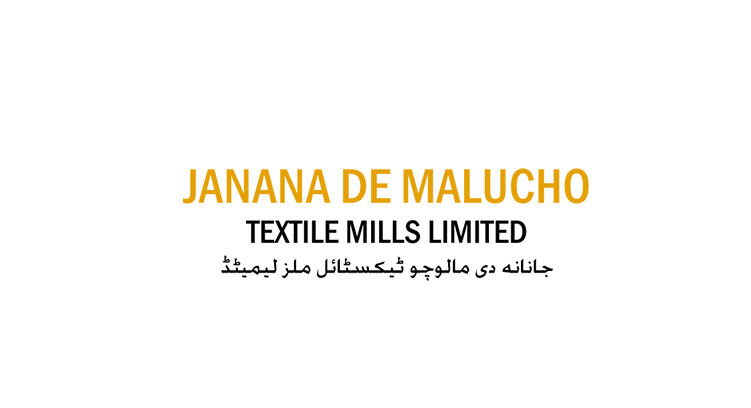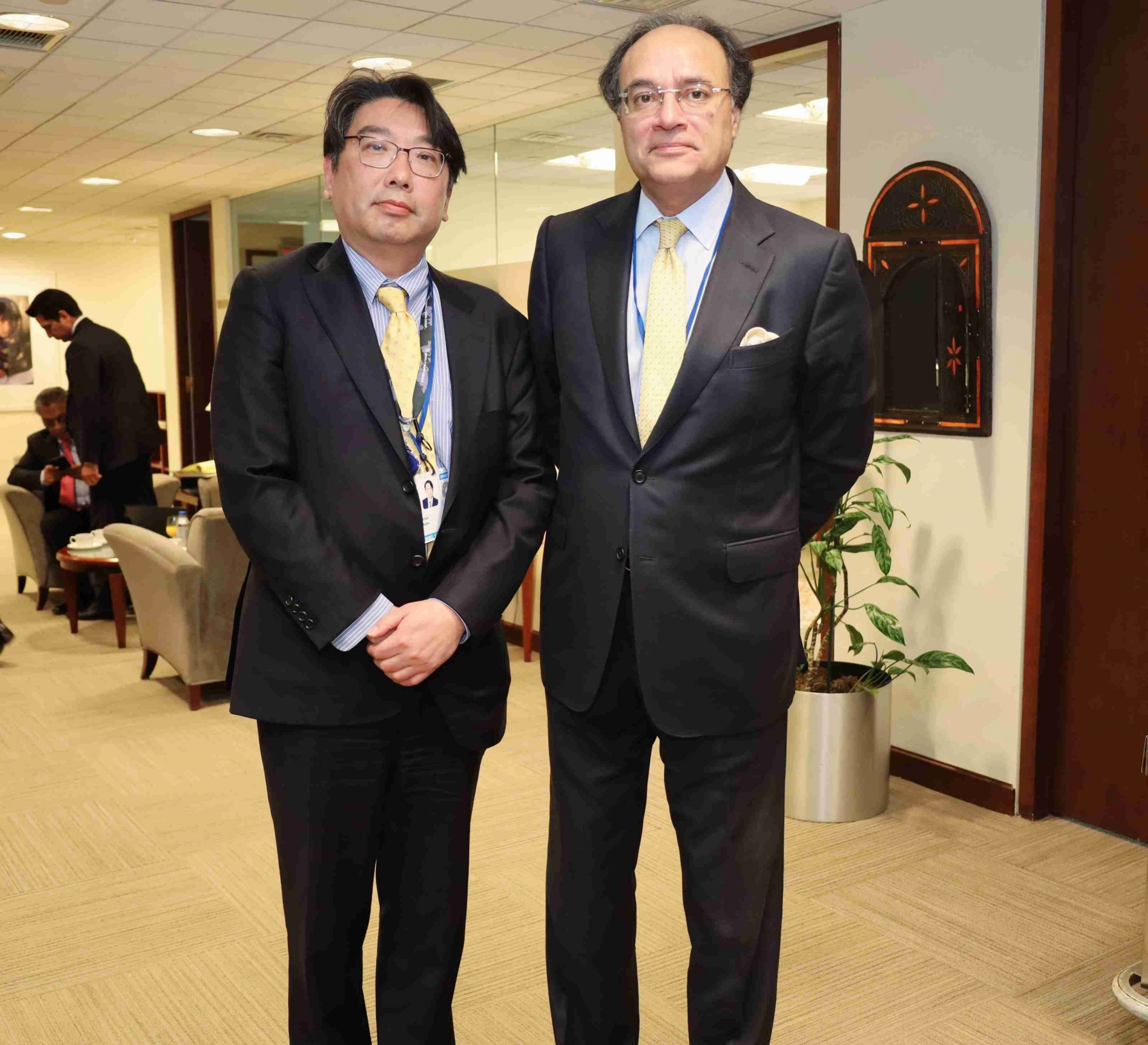Limassol, February 28, 2018 — Moody's Investors Service says that its outlook for banks in Pakistan (B3 stable) is stable over the next 12-18 months. The outlook is driven by an accelerating economy and stable funding, while also taking into account the banks' large holdings of low-rated government bonds, modest capital levels and high asset risks.
“Pakistan's economic growth — boosted by domestic demand and China-funded infrastructure projects — will stimulate lending and support a slight improvement in asset quality over the next 12-18 months,” says Constantinos Kypreos, a Moody's Senior Vice President.
“And, despite margin pressure, the banks' profitability should remain flat,” adds Kypreos. “Stable funding from customer deposits and high liquidity levels represent further strengths.”
“However, the biggest challenge facing the banks is their large holdings of low-rated Pakistan government bonds,” says Corina Moustra, a Moody's Associate Analyst.
“Modest capital levels and high asset risks pose additional risks,” adds Moustra. Moody's conclusions are contained in its just-released banking system outlook for Pakistan and is authored by Kypreos and Moustra.
The stable outlook is based on Moody's assessment of five drivers: operating environment (stable), asset risk and capital (stable), profitability and efficiency (stable), funding and liquidity (stable), and government support (stable).
On the operating environment, Moody's says that real GDP growth will accelerate to 5.5% and 5.6% in the fiscal years ending June 2018 and June 2019. Infrastructure investment and solid domestic demand will prove the main drivers of economic growth and will fuel lending growth of 12%-15% for 2018. The economy, however, remains susceptible to political instability and a deterioration in domestic security.
With regard to asset risk, Moody's expects asset quality to improve in the current supportive macroeconomic environment, helped by the banks' diversified loan portfolios and low corporate debt. Moody's points out that nonperforming loans measured 9.2% of gross loans as of 30 September 2017.
Asset risk remains high, however, due to weaknesses in the legal framework, inefficient foreclosure processes and scant information for assessing borrower creditworthiness. In addition, the banks' high exposure to low-rated government securities (44% of assets) continues to pose a key risk.
As for capital, the banks' capital ratios — with Tier 1 at 12.7% as of 30 September 2017 — have declined, but will recover gradually once higher regulatory requirements kick in this year and the next. Capital will be boosted by higher profit retention, capital increases and capital optimization measures. However, based on Moody's adjusted Tier 1 ratio — which measured 6.5% at 30 September 2017 — the banks' capital buffers are modest.
On the issue of profitability, Moody's says that the banks' profitability will remain flat, despite margin pressure. Moody's explains that profits will be supported by strong lending growth, a focus on low-cost current accounts and moderate provisioning needs, despite interest margin compression. Interest margins should level off towards the end of 2018, once pressure from the reinvesting of legacy high-yielding Pakistan investment bonds reduces, as the remaining of these mature.
With regard to funding and liquidity, Moody's report says that stable customer deposits and high liquidity levels will remain the banks' key strengths. Customer deposits make up around 70% of total assets, and Moody's expects that these deposits will continue to grow by 12%-15% this year, providing plentiful, low-cost funding.
Moody's rates the five largest banks in Pakistan, which together account for around 50% of total system deposits. Moody's has maintained a stable outlook on Pakistan's banking system since November 2015.







